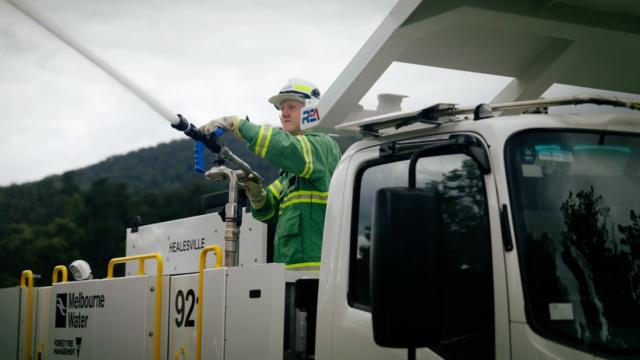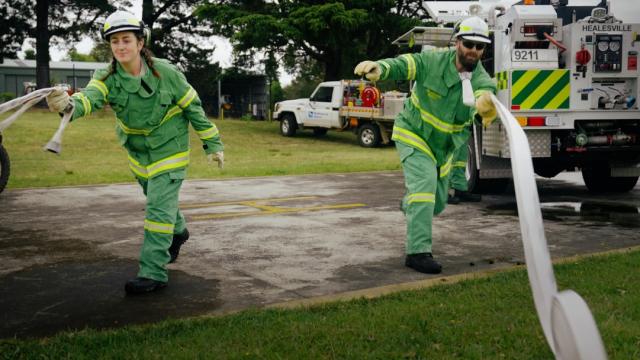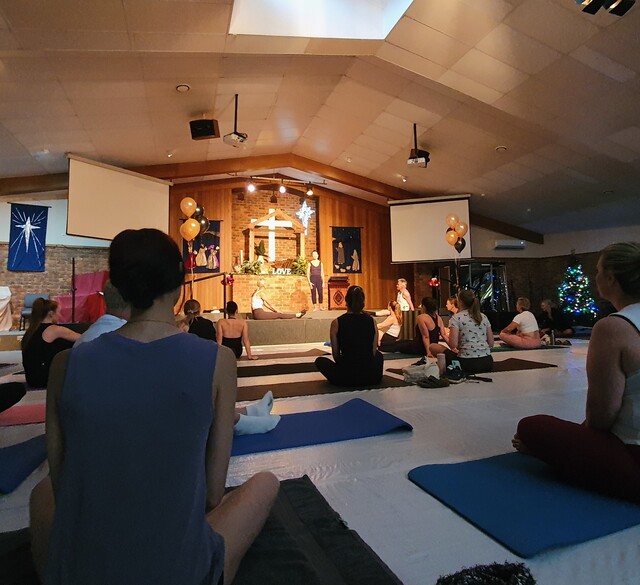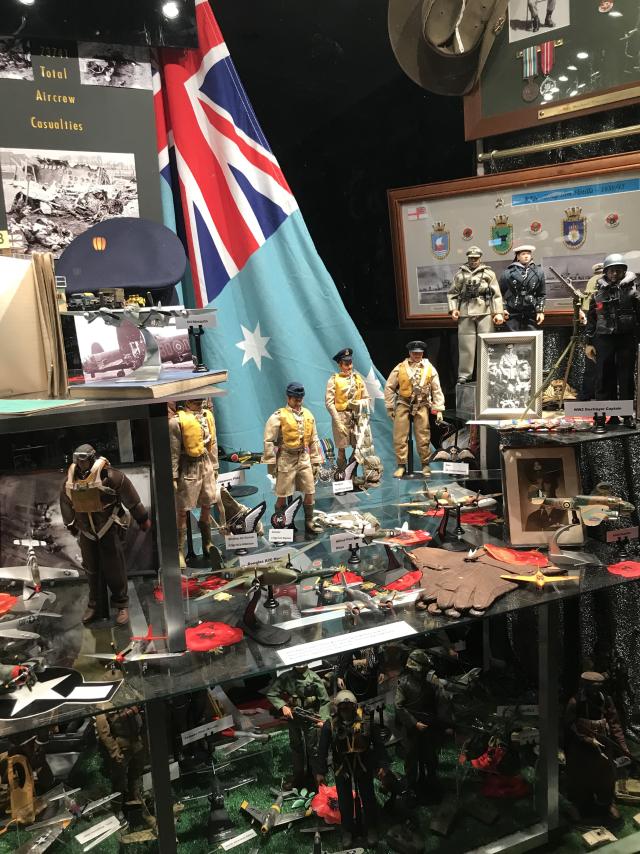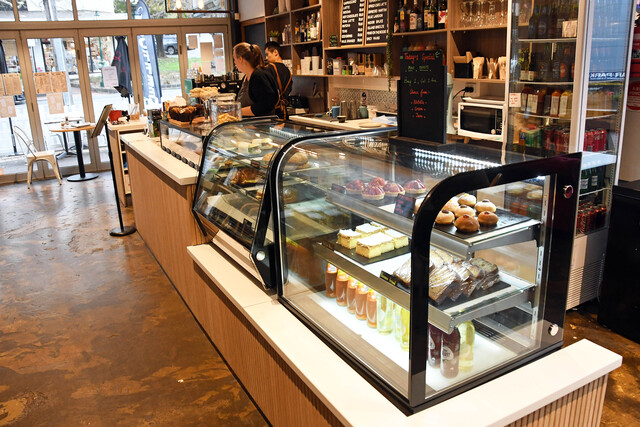Forest Fire Management Victoria (FFMVic) firefighters recruited by Melbourne Water have been preparing the land surrounding its reservoirs and assets to help reduce bushfire risk and protect Melbourne’s precious water supply.
As part of FFMVic, Melbourne Water employs seasonal project firefighters to work alongside permanent firefighting staff between October and March.
Stationed at various Melbourne Water locations across the state, stretching from Healesville, Warburton, and Woori Yallock in the Yarra Ranges, through to the Thomson Dam, the seasonal project firefighters are first responders for bushfires – but, importantly, they’re involved in prevention activity and land management.
Two of Melbourne Water’s firefighter recruits, Monica Schulinus and James Wolff, have been involved in the program for three and 10 years respectively and appreciate the importance of their roles.
“Reducing the fuel at catchment ground level can reduce the intensity of a bushfire, which is why the work we do coming into the drier months, and during summer, is so important,” Melbourne Water Crew Lead (Fire) James Wolff said.
“Crews have reduced vegetation through slashing and mulching around Maroondah, Sugarloaf and Yan Yean catchments and when conditions have allowed conducted small fuel reduction burns close to important infrastructure and assets.”
It’s what’s left behind after a bushfire that can impact the quality of water flowing into our dams.
“Fires create a lot of silt, debris, ash and coal on the ground. With rainfall, this flows into our catchments and then into our water storage reservoirs,” Mr Wolff added.
“Preventing this from happening allows us to maintain the delivery of high-quality water that Melbourne Water is renowned for.”
Melbourne Water’s seasonal firefighters also conduct ongoing maintenance on aqueducts and treatment plants, as well as maintaining 600 kilometres of strategic fuel breaks and almost 1,900 kilometres of roads to ensure access to catchments and infrastructure for emergency vehicles.
“The dams supply Melbourne and its connected systems’ drinking water; we do everything we can to ensure they’re protected,” Ms Schulinus said.
“I’m really proud of the work we do to support the environment, the wildlife, the firefighters and the ongoing delivery of high-quality drinking water.
Melbourne is one of the few cities in the world with protected catchments, providing more than 65 per cent of our drinking water. These are located north and east of our city, often in national parks and state forests. These restricted access areas protect water quality at its source, meaning this water needs very little treatment.

